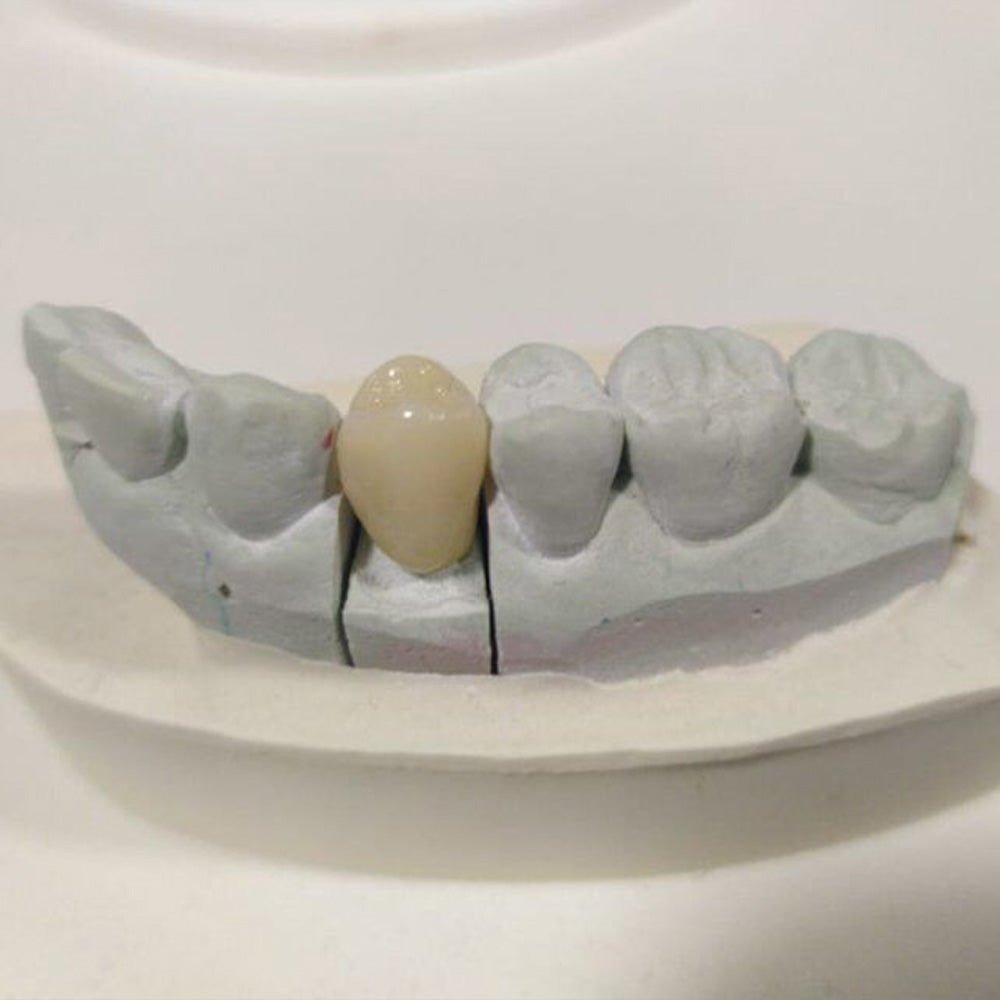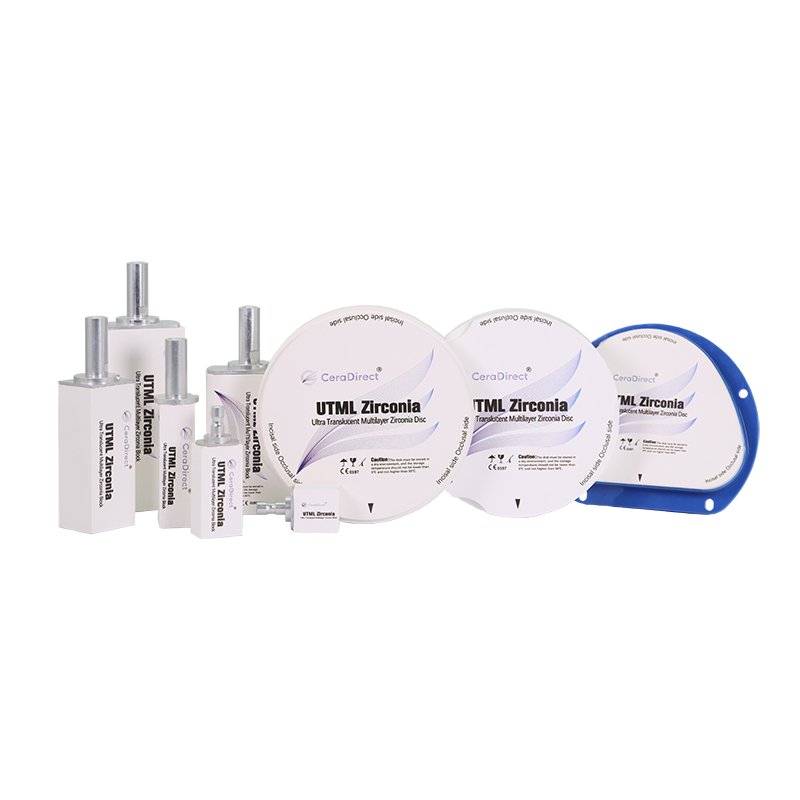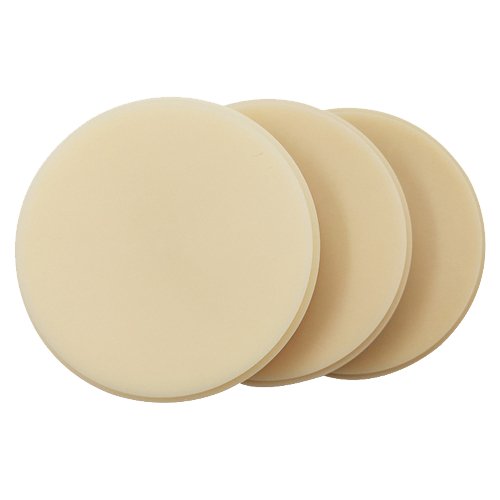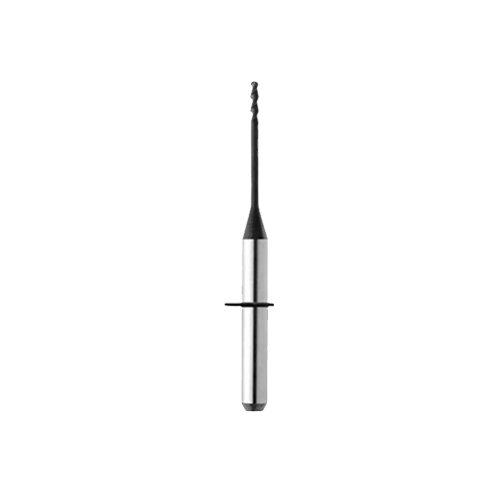
Purpose:
Orthodontic Dental Laboratories possess a unique purpose of creating and repairing orthodontic devices customized to each patient's distinctive requirements. They fabricate various appliances ranging from retainers, headgear, space maintainers, to braces, aligners, and more. These tools aid in empowering patients with enhanced dental health, confidence, and appearance.
Operating Processes:
Orthodontic dental labs follow a comprehensive workflow. It begins with receiving dental impressions or dental models from orthodontists. Dental lab technicians employ this data to construct a three-dimensional representation of the patient's teeth arrangement. This model serves as the foundation for designing the dental appliance.
The laboratory adopts advanced technology to fabricate appliances ensuring they are comfortable, effective, and aesthetically pleasing. The final product undergoes meticulous quality assessment for precision, durability, and compatibility, leading to a superior patient fit-out and experience.

The Patient’s Journey:
The patient’s journey with an orthodontic dental laboratory starts with an examination performed by the orthodontist. After determining the need for an orthodontic appliance, the orthodontist communicates with the lab, outlining specifications in detail. Consequently, the patient’s treatment plan is drafted, and a mold of their teeth is taken and sent to the lab.
Lab technicians bring this plan to life by developing custom appliances. Once the device is returned to the orthodontist, they ensure its fit and make necessary adjustments. The patient then enters an adjustment and maintenance phase, with regular check-ups to ensure treatment progress.

Technological Trends:
Embracing technology is the new norm for orthodontic dental labs. Innovations like CAD/CAM (Computer-Aided Design/Computer-Aided Manufacturing) software and 3D printing have revolutionized the creation of orthodontic appliances. These tools allow for more precise, efficient and faster production cycles and devices with advanced materials.
Machine learning and artificial intelligence are being integrated into diagnostics and treatment planning processes, enhancing accuracy and predictability outcomes.
The usage of intraoral scanners has eliminated the need for traditional, often uncomfortable, impression methods, offering patients a more pleasant experience.
Importance of Skilled Lab Technicians:
Equally important in orthodontic dental laboratories are the technicians. They possess a deep understanding of dental anatomy, metallurgy, material science, and mastery in handling technical equipment. Their expertise directly impacts the quality of dental devices, and, consequently, the success of dental treatments.
Moreover, a great lab technician needs to be an efficient communicator, interacting with orthodontists to ensure the delivery of appliances that meet specific needs, and maintain a keen eye for detail, connecting the dots between the orthodontist’s diagnosis and the patient’s needs.
Summary:
Orthodontic dental labs play a vital role in the realm of dental health, fueling the provision of optimal and personalized orthodontic care. Technological advancements, along with skilled professionals, have brought remarkable progress, driving the labs’ productivity and precision levels to new heights. They contribute significantly to rewarding patients with improved dental health, a confident smile, and better overall wellbeing. The continuous pursuit of innovation, quality, and patient satisfaction upholds orthodontic dental laboratories’ relevance and value in this advancing dental era.






